
- Shandong Microwave Machinery Co.,Ltd.
- To be the Leader of microwave drying and edible oil refining equipments Manufacturer
Home> Company News> Comparison of Quality Changes of Different Taro Varieties in Microwave Drying
- AddressNo. 225, Huangqiao Village, Beiyuan, Tianqiao District, Jinan, Shandong, China
- Factory AddressNo. 225, Huangqiao Village, Beiyuan, Tianqiao District, Jinan, Shandong, China
- Phone(Working Time)+86 0531 85064681
- Phone(Nonworking Time)0086-15020017267
- Fax+ 86 0531 85064682
Comparison of Quality Changes of Different Taro Varieties in Microwave Drying
2019-01-22 14:17:01ABSTRACT: The changes of nutritional components of eight different taro varieties before and after microwave drying equipment were analyzed, and the quality changes of Taro crisp chips produced by different taro varieties, such as color, hardness, brittleness, expansion rate, microstructure and sensory quality, were compared.
The results showed that fresh taro had the highest water content of 61.33-82.94%, Fenghua taro had the highest water content; starch content ranged from 15.87-30.25% and salmon taro had the highest content; sucrose content in Lipu taro was the highest, about 2.6 g/100 g; soluble protein content in red taro was 1455 mg/100 g, which was significantly higher than other varieties.
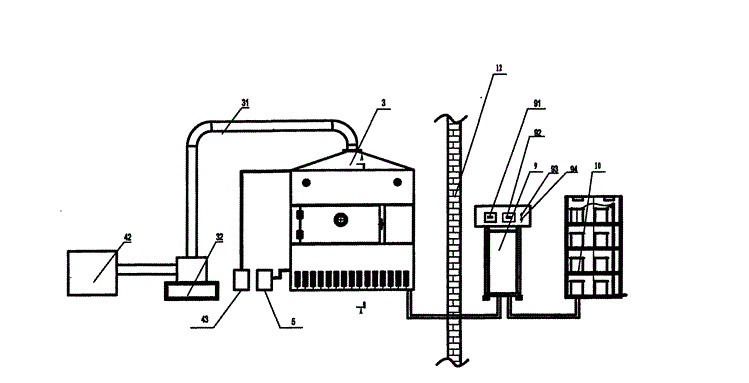
In addition to sucrose, other nutrient components of taro chips decreased after drying, and the amount of reduction was significant, starch content decreased the most. The quality of different varieties of taro after vacuum microwave drying differed significantly, among which, Lipu, Longxiang, Fenghua, Areca and Shasha taro had large brightness, small color difference and good color; Longxiang taro and Wugu taro had extruded shape and obvious porous structure, moderate hardness and crispness; Longxiang taro, Fenghua taro and Wugu taro had color, shape, taste and style. Taste comprehensive score was high and acceptability was significantly higher than other taro varieties.
Key words: taro microwave drying; variety; vacuum microwave drying; quality
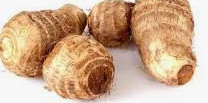
Taro, nicknamed Taro Kui and Tuzhi, is commonly known as taro, belonging to Araceae. Taro tastes soft, sweet and waxy, with rich nutritional value, easy to digest without causing poisoning, is a good alkaline food. It was found that taro starch was easy to digest and its glycemic index was in the middle level, which was suitable for diabetic patients; taro polysaccharide had a strong scavenging effect on free radicals; polysaccharide macromolecule plant colloids had a good antidiarrheal effect and enhanced human immune function.
There are abundant taro planting resources and many varieties in China. The origin of taro is mainly concentrated in Fujian, Guangxi, Guangdong, Zhejiang, Jiangsu, Hunan, Shandong and other places. Because of the different varieties, planting methods and harvesting time, taro from different producing areas has great differences in nutrient composition, texture and processing characteristics.
Starch is one of the most important components in vegetables. Its content directly affects the physical and chemical indexes of fruits and vegetables, such as hardness, sweetness and total solid content. The degree of hydrolysis and gelatinization of starch will affect the internal structure and quality of dried products. Liu Wenjing et al. studied the nutritional components and taste quality of sweet potatoes, and found that there was a significant positive correlation between the reduced starch content and sweetness after cooking, that is, the degree of hydrolysis of starch was high, and the sweetness of products was obvious.
Sense.
In addition, the Maillard reaction of sucrose and reducing sugar and the caramel of reducing sugar will affect the color and flavor of the products. The oxidation and degradation of polyphenols will affect the color of the processed products. Protein degradation can promote the formation of flavor substances, and at the same time, influence the gel structure and flavor release of the products.
Vacuum microwave drying is a new efficient drying technology which combines microwave system with vacuum system. It can dry materials at low temperature. Because there is no oxygen in the chamber, it can reduce the oxidation of materials and improve the retention rate of nutrients. It also has certain bactericidal and expanding effect on fruit and vegetable products. It can improve the brittleness and hardness of dried products, prolong the shelf life and improve the quality of products. 。 Compared with other drying methods, vacuum microwave drying has shorter drying time, lower energy consumption, better microstructure, color, taste and nutritional retention.
At present, there are few studies on the effects of nutritional components of different taro varieties on the quality of vacuum microwave drying products. In this paper, the changes of starch, sucrose, reducing sugar, protein, polyphenols and Vc contents in different taro varieties before and after drying were analyzed, and the quality differences in color, hardness, brittleness, swelling rate, microstructure and sensory quality of different taro varieties were investigated. The quality changes of different varieties of taro during vacuum microwave drying were studied.
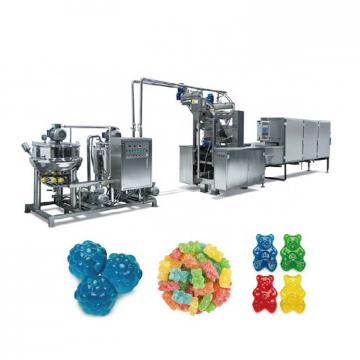 High efficiency food beverage factory stone paper production line
High efficiency food beverage factory stone paper production line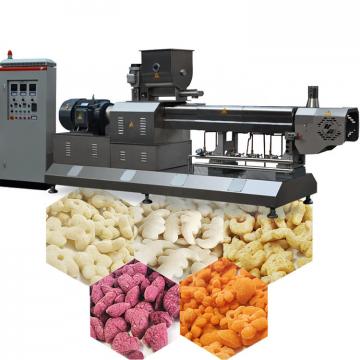 Factory price Fully automatic Machine PP/PS Plastic Sheet Production Line
Factory price Fully automatic Machine PP/PS Plastic Sheet Production Line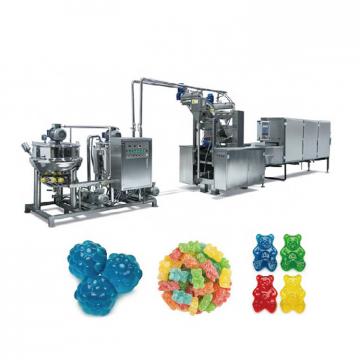 used deformered bar rolling mill production line
used deformered bar rolling mill production line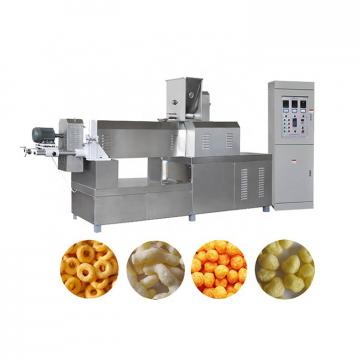 Manufacturing plant automatic factory puffed sticky rice cracker production line
Manufacturing plant automatic factory puffed sticky rice cracker production line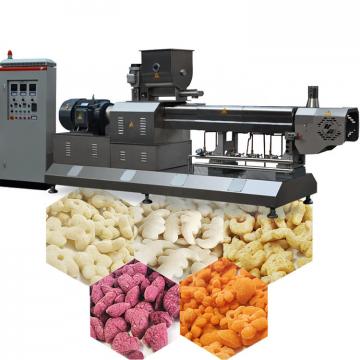 Production Line Pp Ppr Plastic Pipe Making Machine 20-63mm Multi-layer Extrusion Production Line For Water Supply
Production Line Pp Ppr Plastic Pipe Making Machine 20-63mm Multi-layer Extrusion Production Line For Water Supply